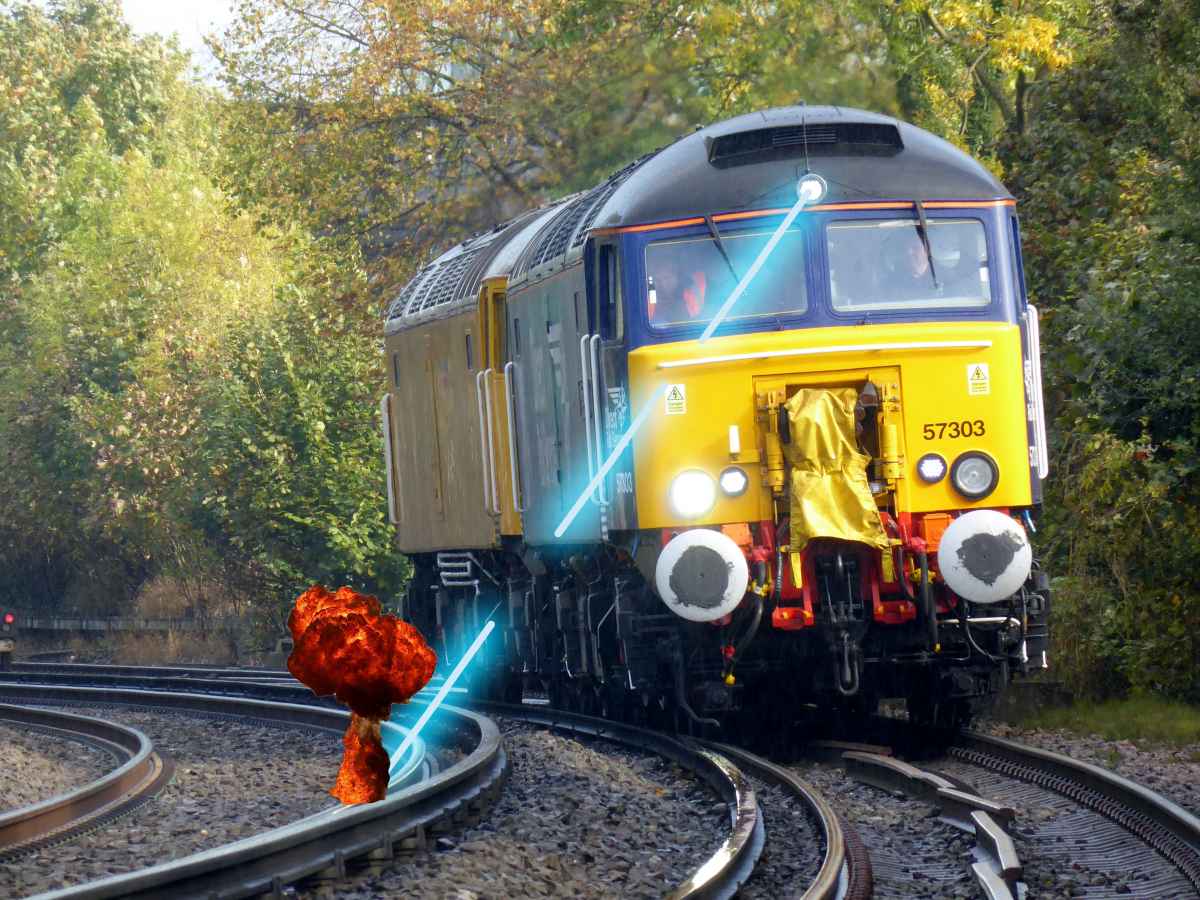Trains clear the path with a laser
You can fight with fallen leaves on the railway using lasers placed in front of the train.
Wet leaves form a very dense and slippery coating on the rails, similar to Teflon. This poses a threat: traction between wheels and rails decreases, and braking distance increases. Leaves prevent the sensors from taking track status information.

Most transport companies use high pressure washers for this purpose, removing leaves with water. The method is effective, but has drawbacks: sinks damage the rails and the substrate under them.
The first to use the laser were the British in 2003, to which they were spurred by the 2000 railway accident and the problems that the film of leaves caused to freight trains.
Wet leaves form a very dense and slippery coating on the rails, similar to Teflon. This poses a threat: traction between wheels and rails decreases, and braking distance increases. Leaves prevent the sensors from taking track status information.

Most transport companies use high pressure washers for this purpose, removing leaves with water. The method is effective, but has drawbacks: sinks damage the rails and the substrate under them.
The first to use the laser were the British in 2003, to which they were spurred by the 2000 railway accident and the problems that the film of leaves caused to freight trains.
